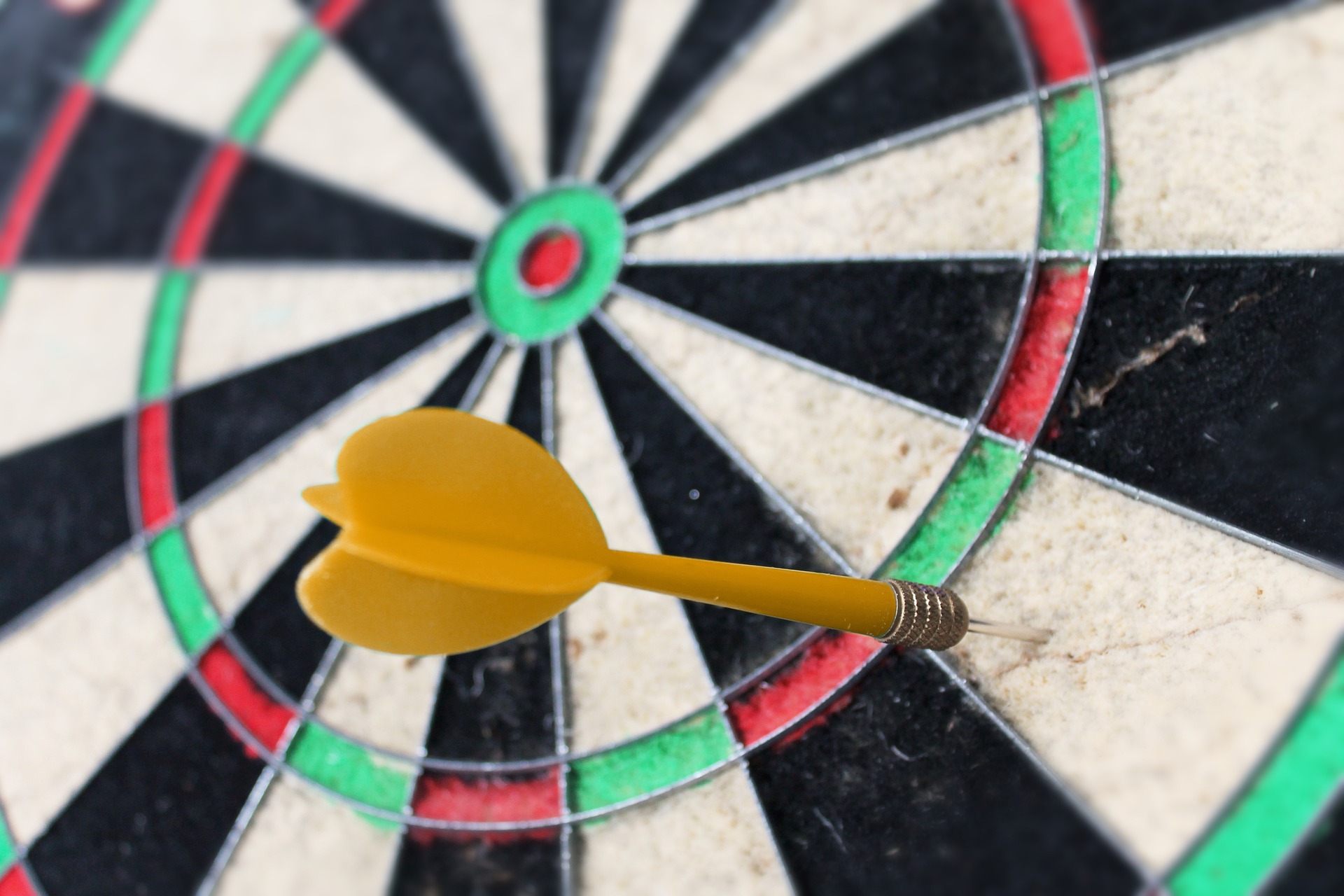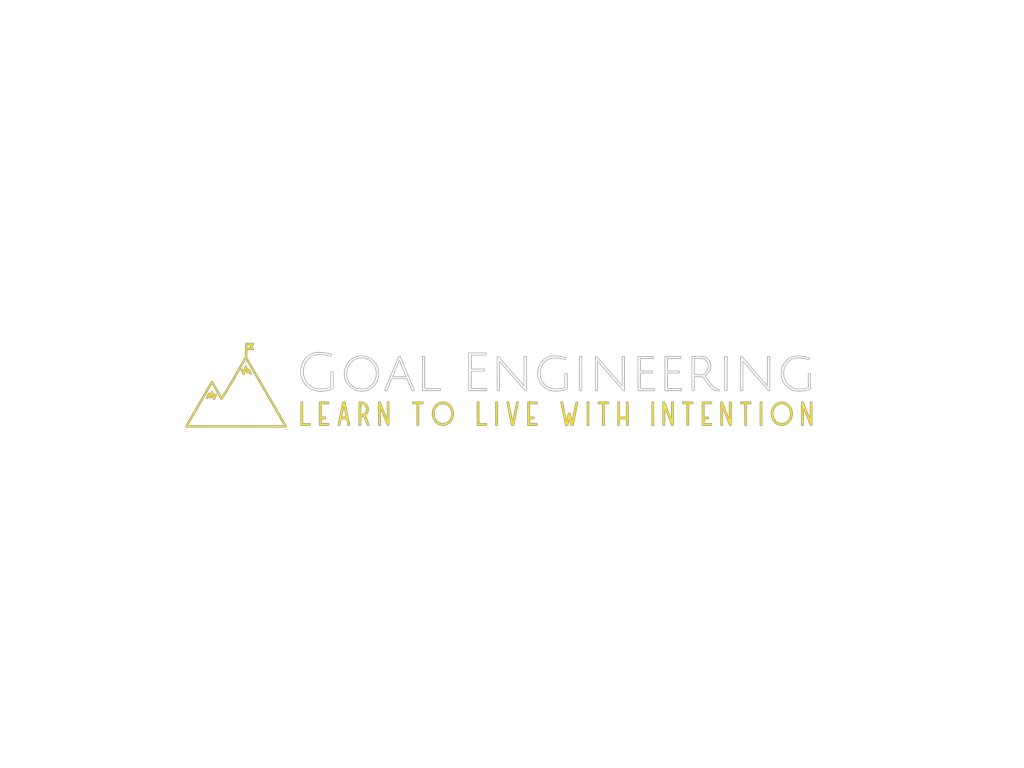How many times have you set an ambitious and exciting goal, then a few weeks into working on it you give up? This happens to all of us, and it’s discouraging enough to keep us from ever setting goals again. But you don’t have to throw in the towel from just one “failure” or even a dozen of them.
From my experience, failure when setting goals and working on them just simply doesn’t exist. If you know how to get in the right mindset about it, “failure” can even make you better at setting goals.
You Never Really “Fail,” You Just Get Data and Experience
“There is no such thing as failure. Life sometimes gives you setbacks. It reminds you to be humble, to sit and contemplate, to cope, to support and reinvent yourself based on newly accumulated experiences.” ― Jamie CL Miller
When a scientist is conducting an experiment they form a hypothesis, or an educated guess at what the outcome will be based on past information. Then, they run through the study to confirm or deny their initial idea. When the research is complete, they gather results, then check them against their hypothesis.
The goal-setting lesson for us is found by examining what the scientist does when their hypothesis is incorrect. They don’t get frustrated or discouraged. They simply note what they’ve learned and design a new experiment with the new data they have.
This is remarkably similar to how you and I set goals. Or rather, how we could set goals without getting so discouraged.
When you set goals, you start by making an educated guess at what you want. Then, you create a plan for the best way to get it. Then you test that out by doing the action steps you’ve established. This is where most people give up. But it’s the most important step to focus on if you don’t want to get discouraged by “failure” anymore.
Most people will work on their action steps and either get bored or burnt out. But they don’t always take this information and and use it to adjust. More often, they take it as an indication that they’ve failed and it’s time to give up.
Instead, you need to count your “failures” as experience. It simply teaches you how not to work on your goals in the future. If you take that information about what didn’t work and use it, you’ll set even more bulletproof goals the next time.
Do this over and over for years and you’ll set such solid goals that you’ll gain the power to be resilient in the face of anything that comes up.
How to Gather Data From Your “Failures”
“There is no such thing as failure. There are only results.” — Tony Robbins
To understand where we can learn from our struggles, we need to understand the two major components of every goal:
- The desired outcome, such as losing 12 pounds.
- Action steps to reach that outcome, like exercising 3x per week.
To uncover the potential pitfalls in each of these, you must be tracking your goals on both of these levels. Every day you need to record whether or not you did your action steps. Then, at the end of each week, you need to do a weekly review to see if you reached your desired outcome.
Pay careful attention to whether or not you’re doing your action steps, if you are doing them and not getting to your outcomes, or if you’re struggling to feel motivated to work toward your outcomes. These are the sources of data you’ll need to have to be able to adjust your goals and make them even more solid.
And remember, if you’re struggling in any of these areas it’s not your fault. Missteps are just part of the process of learning how to set goals. This is simply information that you need to evaluate along the way and it says nothing about your character.
What to Do When You Find Holes in Your Goals
“Failure should be our teacher, not our undertaker. Failure is delay, not defeat. It is a temporary detour, not a dead end. Failure is something we can avoid only by saying nothing, doing nothing, and being nothing.” — Denis Waitley
The easiest weakness to spot is action steps that aren’t leading to your desired outcome in one way or another. If you are doing your action steps but not seeing the results, it’s time to change the action steps to get you closer to your results.
You might, for instance, find that walking for 30 minutes 3x per week isn’t leading to as much weight loss as you’d like. In that case, you may consider doing it 5x per week or trying some other form of exercise. To find the best action steps, spend time each week reviewing whether or not yours are working and adjust them until you do see the results you want.
Sometimes, though, you find that it’s really tough to stick to your action steps. Whether it’s boredom or burnout, this can happen to all of us. But it doesn’t have to get you stuck. When you notice you’re faltering on the work, change your action steps. Make them easier and more fun to help you stick to them.
Say that you want to lose weight and you know that cardio for 30 minutes 5x per week would do it. You might get to the end of the week and see that you only went running once instead of the 5x you needed to reach your outcome. With some analysis, you discover that you can’t stick to running because you hate it. And after looking into it further, you see that you’d enjoy dancing and it would have the same effect as running but better because you’d stick with it.
The more difficult place that you can struggle with your goals is losing the desire to reach your outcomes. Sometimes it’s as simple as having lost sight of your vision of where you can go. If this is the case, take a few moments each day to meditate on it. Imagine how it will feel to finally achieve your goal and really lean into those emotions and make it as vivid as possible.
The easiest example of this is in your career. If you find that you’re just not happy in it, you may consider changing things up. Maybe you need a different position in your company, or to try a management track. And in some cases, you might need a complete career shift, which is totally okay!
There may be times like this that you realize that the outcomes you originally set for yourself just aren’t what you want anymore. In this case, it’s okay to give up and change course.
Struggling with something isn’t always an indication that you need to try harder. Sometimes it’s a clear signal that you need to pivot into a completely different direction.
Wrapping Up
No matter how many times you’ve “failed” when working on your goals, it doesn’t have to be permanent. You can learn from the weaknesses in your system, adjust, and set even more powerful goals than before.
Taking this “no failure only data” approach to your goals is one of the best ways that I’ve learned to stick through it when things get tough. No matter if you’re going through a difficult time in life or if you’ve simply aimed too high or too low, this mindset is bound to help you set better goals and not get discouraged when things don’t go your way at first.





